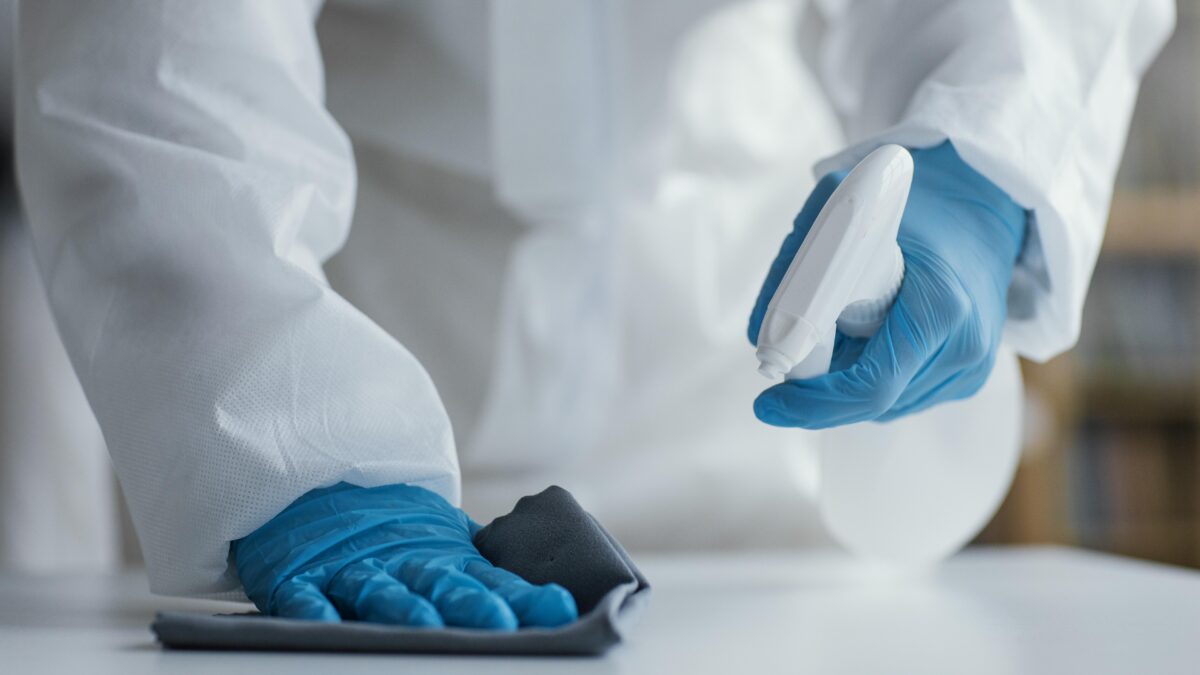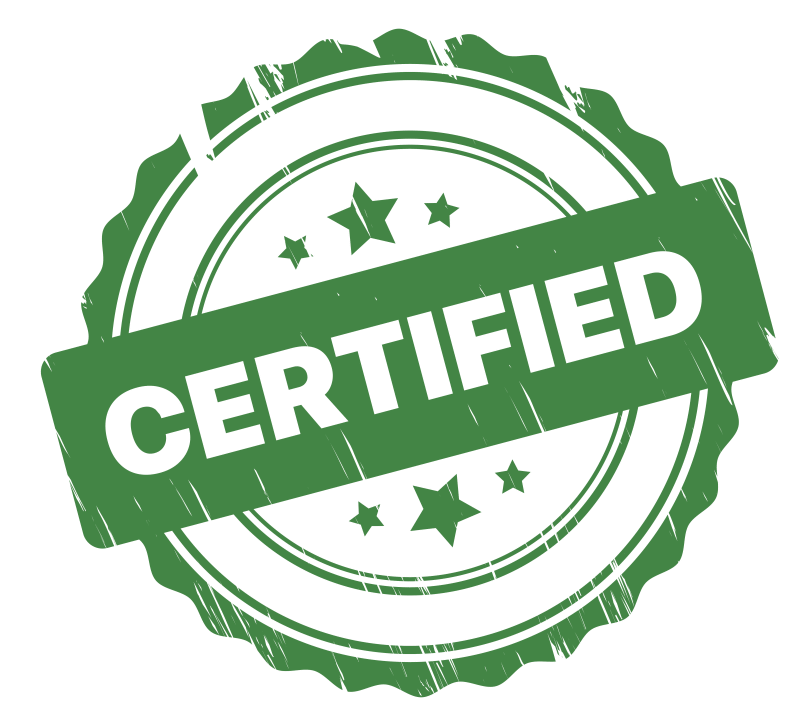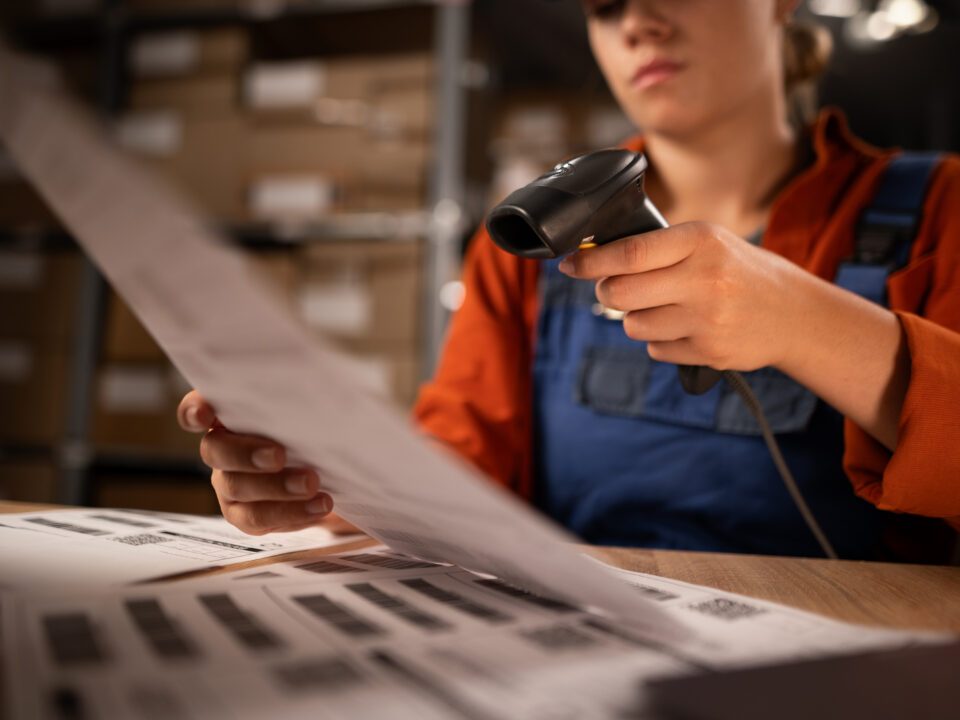
Goods Recall: Unwanted Events
October 7, 2025
HACCP System for Business Success
October 26, 2025When it comes to food safety, disinfection is not just a cleaning step — it’s a control point that protects consumers, maintains brand reputation, and ensures compliance with HACCP standards.
Yet, many food businesses overlook the depth of control required for proper disinfection: supplier verification, staff training, dosage validation, and safe storage are all part of the chain.
Today Food Safety Alliance will explore what every food business should know to manage disinfection safely and effectively.
1. Choosing the Right Disinfection Supplier
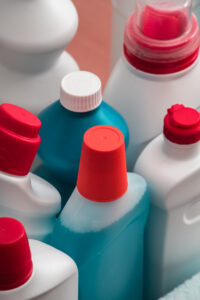
The first step toward safe hygiene practices begins with the selection of reliable suppliers. Always work with companies that provide:
Accredited certification (such as ISO, GMP, or EN standards for disinfectants).
Material Safety Data Sheets (MSDS) for each product.
Certificates of Analysis (CoA) or technical specifications confirming product composition and concentration.
Instructions for dosage and contact time, validated by laboratory testing.
Before signing any supply agreement, evaluate the supplier’s track record in the food industry and their understanding of HACCP-related requirements. Reliable suppliers should also provide training or guidance on product use.
2. Documents to Request from Suppliers
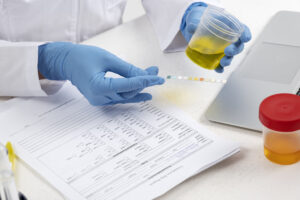
When purchasing cleaning and disinfection chemicals, your documentation should include:
Product specification sheet – describing active ingredients, concentrations, and approved use.
MSDS (Material Safety Data Sheet) – providing details on safe handling, health hazards, and first aid measures.
Microbiological efficacy tests – confirming effectiveness against key microorganisms.
Shelf life and storage conditions.
Regulatory compliance certificates (e.g., local food safety authority approvals).
Having this documentation ensures traceability and supports your HACCP hazard analysis, especially when chemical residues or misuse are potential risks.
3. Training and Awareness for Staff

Even the best disinfectant is ineffective if staff do not use it properly.
Train your team to:
Understand dilution ratios and the importance of correct dosage.
Follow contact time instructions (how long the disinfectant must remain on surfaces to be effective).
Wear personal protective equipment (PPE) such as gloves, masks, and eye protection.
Identify chemical hazard symbols and understand emergency procedures.
Keep cleaning tools and chemicals separate from food and packaging areas.
Training sessions should be repeated regularly and documented to prove continuous competence.
4. Chemical Hazards in HACCP Analysis
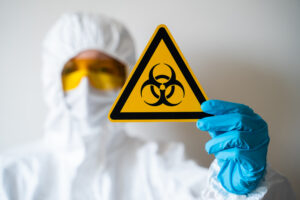
During your HACCP hazard analysis, disinfectants represent a key chemical hazard.
Potential risks include:
Residues remaining on food-contact surfaces due to improper rinsing.
Cross-contamination between chemical storage and production zones.
Incorrect dosage leading to ineffective disinfection or toxic residues.
Incompatible chemicals mixed together by mistake (e.g., acids and chlorine compounds).
These risks must be controlled by preventive actions, such as:
Strict storage separation.
Clear labeling and staff training.
Verification of rinse water for chemical residues, where applicable.
Including disinfectant management in HACCP documentation ensures that chemical hazards are identified, monitored, and controlled at every step.
5. Hygiene Equipment and Maintenance

Cleaning and disinfection tools themselves — such as brushes, mops, or sprayers — should be:
Color-coded by zone (e.g., red for raw areas, blue for finished product zones).
Cleaned and disinfected after use.
Stored in a dry, labeled area to prevent microbial growth.
Regularly inspected for wear or damage.
Good hygiene equipment management strengthens overall control and helps maintain consistency in disinfection results.
Conclusion

Effective disinfection is more than just wiping surfaces — it’s a systematic process that includes supplier verification, staff training, documentation, and validation.
By treating disinfectants as critical control tools, not just chemicals, food businesses can prevent contamination, protect consumers, and comply with international food safety standards.
Clean surfaces don’t happen by accident — they result from planned, documented, and verified actions.
